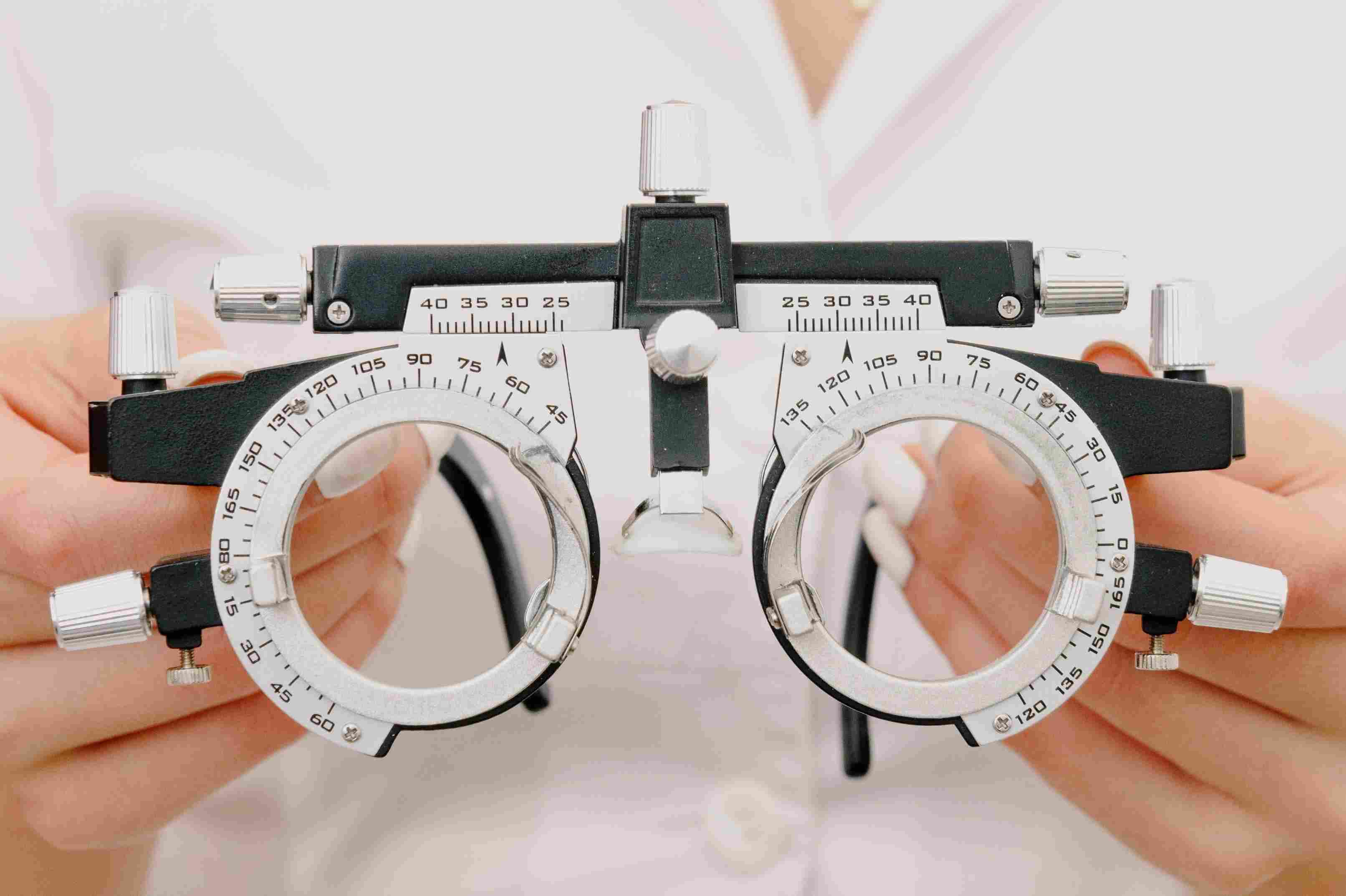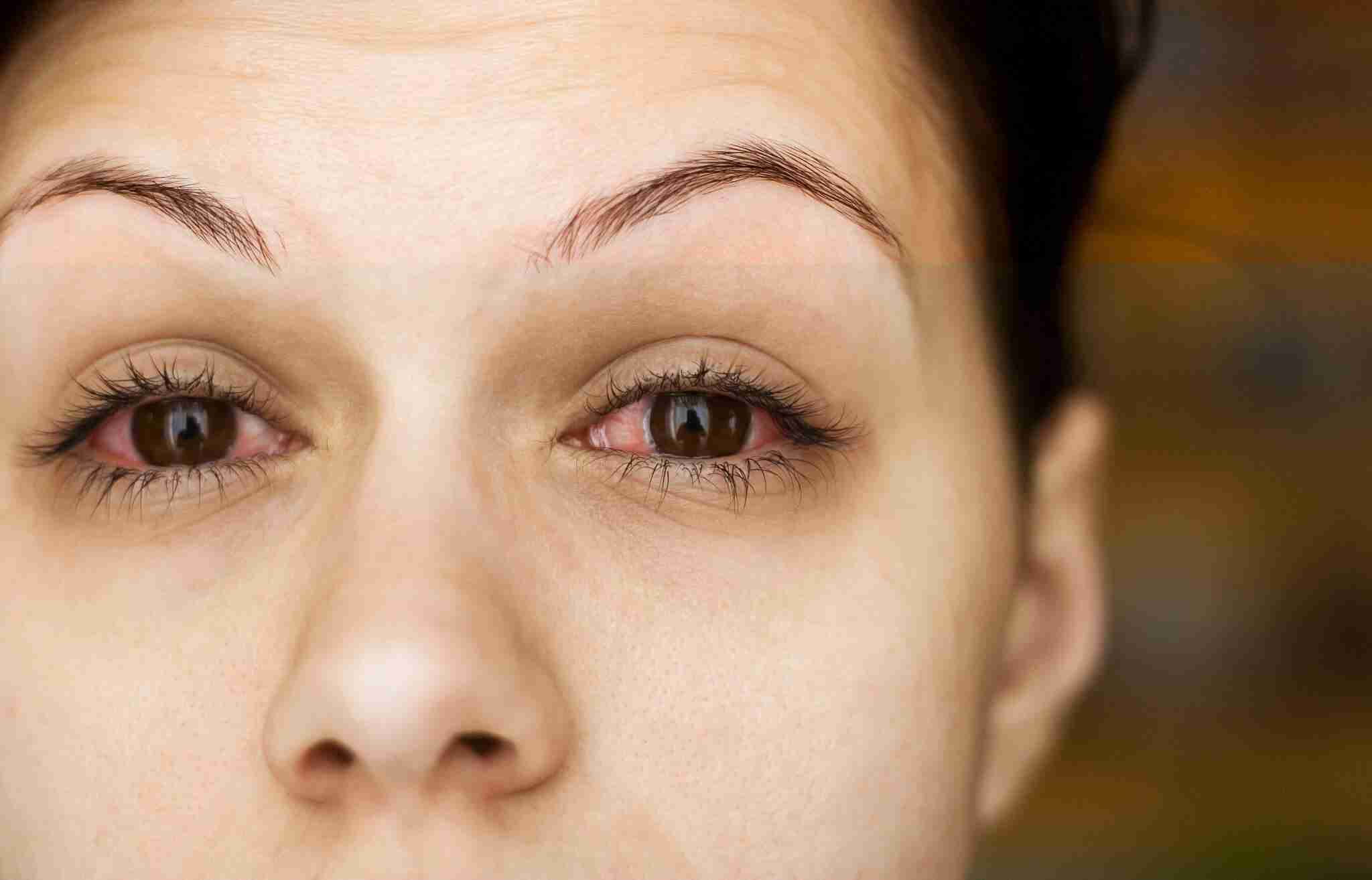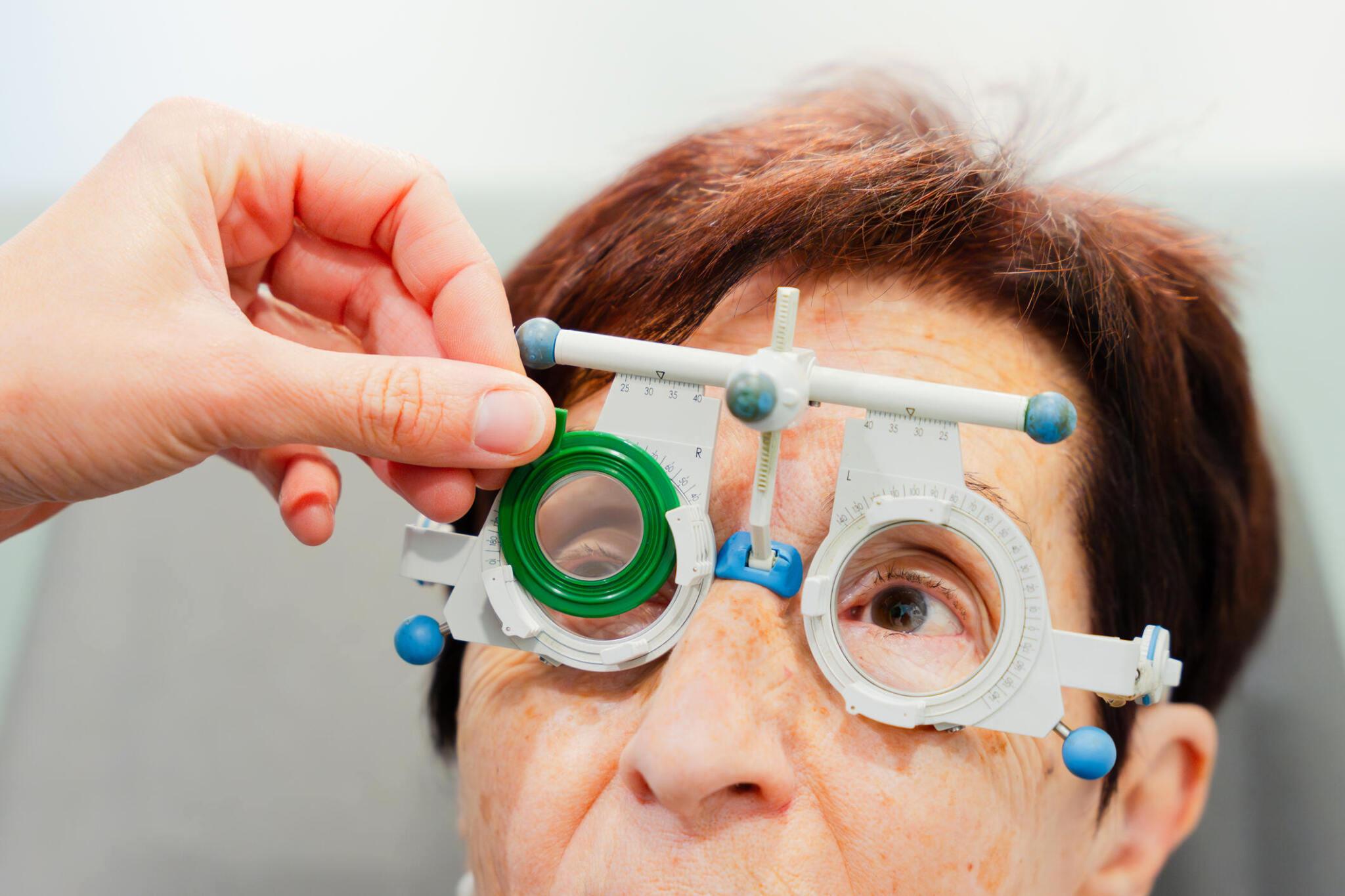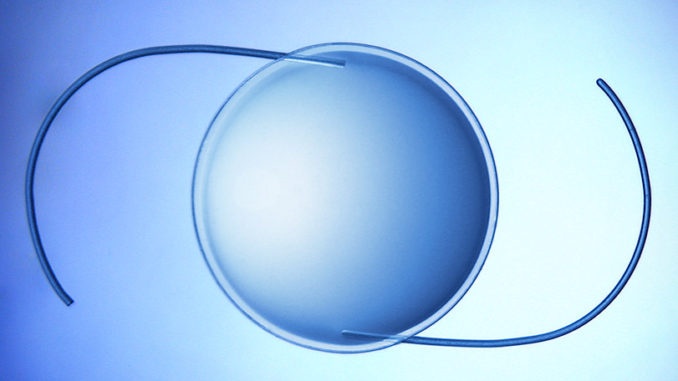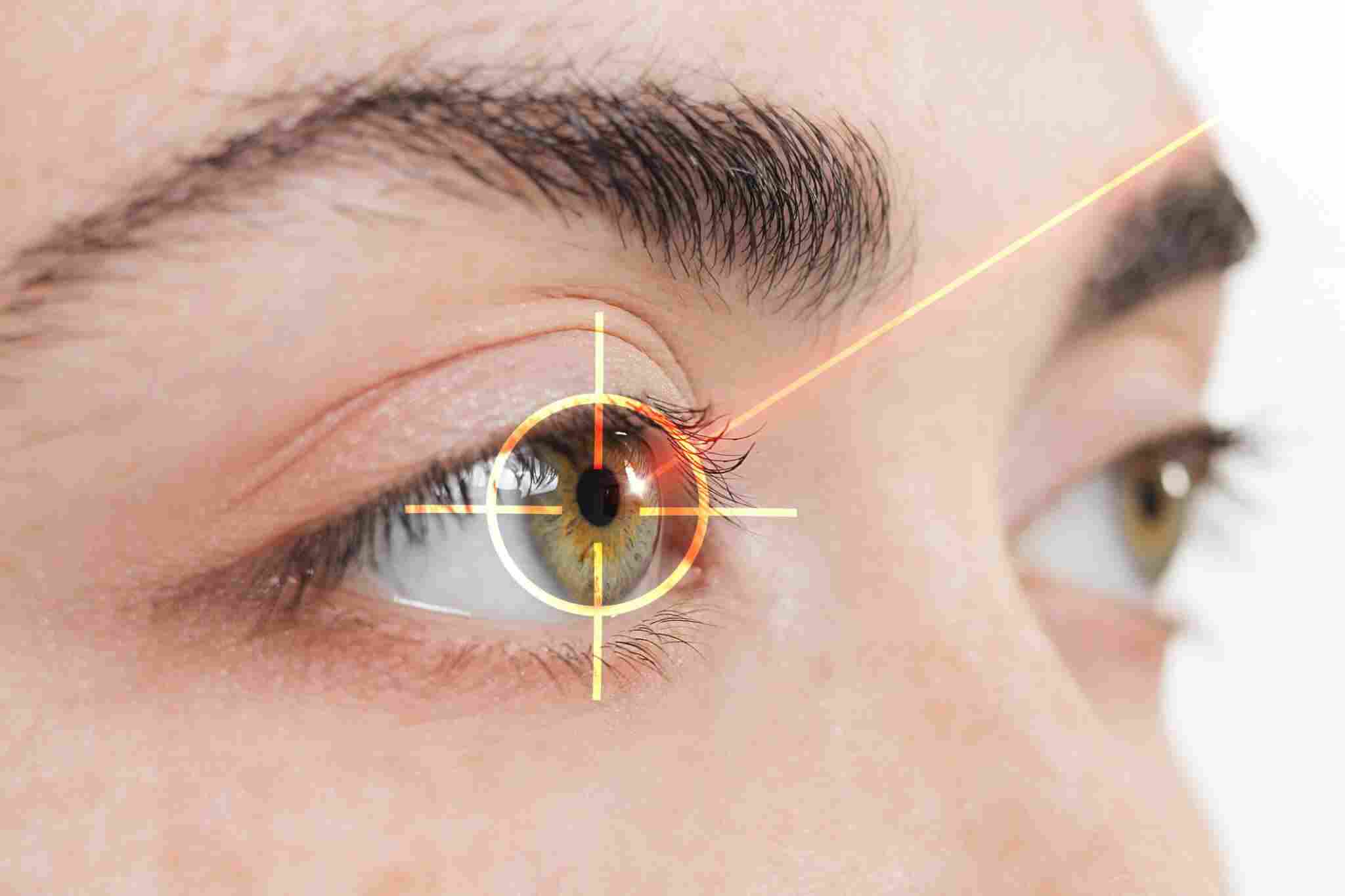Ensuring Healthy Eyesight for Children's Education and Development
Having healthy eyesight plays a massive role in children's education and development. Experts estimate that up to 80% of all learning is visual, and more than half of childhood learning difficulties can be linked to an undiagnosed vision problem. What can parents do to ensure that their child doesn't slip through the cracks this way?
Understanding Why Vision Problems Remain Undiagnosed
A great defense for kids against undiagnosed vision problems is having parents who are educated on the subject. A young child doesn't have the life experience to understand that the way their eyes work (or don't) might not be normal. It won't occur to them on their own to describe a vision problem to an adult. Instead, it might manifest in the form of distracted, fidgety behavior, difficulty completing tasks, and overall crankiness.
Adults taking care of them tend to interpret this behavior as acting up instead of searching for an underlying problem, which leaves the child believing that even their best effort isn't good enough. A child with an undiagnosed vision problem could go through school convinced that learning isn't fun or for them, all because they can't see correctly and never got help for it.
It Takes More Than a School Nurse
Another obstacle to kids getting correct diagnoses for eye problems is that they often don't get comprehensive eye exams. Many parents rely on the school nurse to find out if their kids need glasses, but the school nurse's only diagnostic tool is the big E chart, which can't help with any vision problem besides nearsightedness. Some of the ones they'll miss include:
- Amblyopia (lazy eye): Reduced vision in one eye, which may result in permanent vision loss if not treated promptly.
- Astigmatism: A vision error causing blurry vision, not always detectable through standard vision screenings. Correction is possible with glasses or contacts in most cases.
- Convergence insufficiency: The eyes tend to drift outward when focusing on nearby objects, creating difficulty with close-up tasks.
- Farsightedness: Blurred vision for close objects while maintaining clarity for distant objects.
- Strabismus: Misalignment of the eyes, leading to one or both eyes turning up, down, in, or out. Corrective measures may include patching, specialized glasses, or surgical intervention.
Signs Parents Can Watch For
Detecting subtle signs of potential vision issues in your child may require a bit of observation. While some problems manifest through obvious symptoms like constant squinting or misalignment, others take a more discerning eye to spot. Any of these symptoms could be a sign it's time to schedule a comprehensive eye exam:
- Frequent blinking and eye rubbing
- Reduced attention span, particularly during reading and close-up tasks
- Reading difficulties or an inclination to avoid it altogether
- Frequent headaches
- Covering one eye habitually
- Tilting the head to one side while reading
- Holding reading materials unusually close
- Difficulty recalling words just read
- Regularly losing their place while reading
A Comprehensive Eye Exam Could Make a Huge Difference
As devoted parents, we all strive to provide our children with the optimal conditions for success in life. Our mission is to spread awareness! It's essential to recognize that certain eye problems often go undetected, and in some cases, they might be mistakenly diagnosed as learning or attention disorders. By prioritizing comprehensive eye care, we empower our children with the best opportunities for a bright and successful future.

